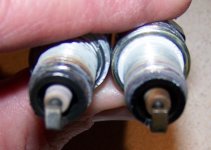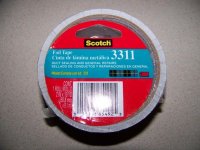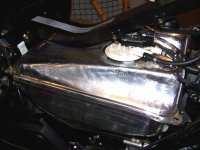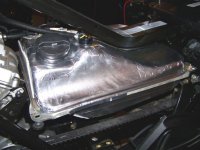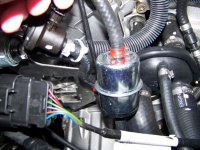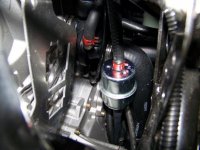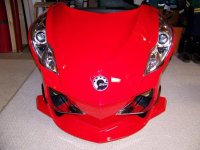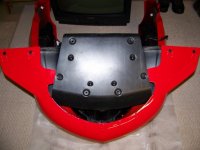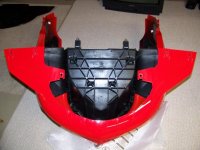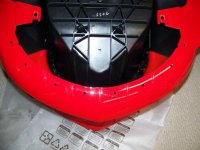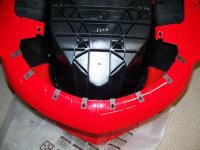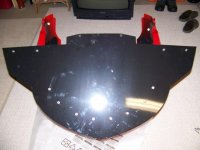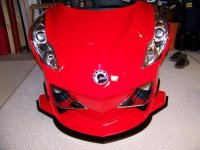For the sake of clarity, the Spyder brakes are on all three wheels, not just on the rear. You referred to the foot brake pedal as the rear brake and complained that there were no front brakes. That is an old way to phrase the brakes as they apply to the Spyder as there are front and rear brakes. The difference is that there is only one method to engage them, the foot lever.
Now, you called the brakes 'unsafe'. Out of curiosity, do you also install a hand brake lever on your automobiles and trucks, or do you drive those vehicles in an 'unsafe' brake condition, only having the foot pedal to engage all four wheel brakes?
I know I'm nitpicking, but it's a matter of perspective. You learned to brake properly on your two wheelers, as you should have, by applying both the front and rear brakes at the same time. When the front brake is controlled only by the hand lever & the rear brake is controlled only by the foot lever, you have to learn to brake properly by using both controls. On the Spyder, the brakes are linked, so there is no way to brake only the front wheels or the rear wheel short of major modification to the total braking system.
As illustrated in normal driving of cars and trucks, we would never consider it 'unsafe' to have only a foot brake. As such, I would disagree that it is 'unsafe' having the same arrangement on the Spyder.
